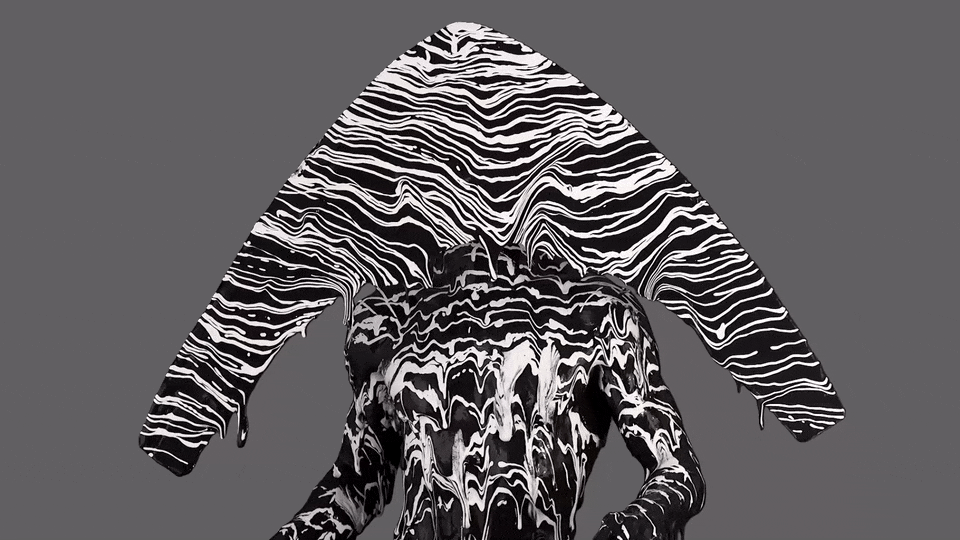
When our editorial team first came across Shai Langen’s work, some found it slightly… upsetting (I believe one of our team described it as “literally my worst nightmare”). Shai’s work depicts bodies clearly recognizable as humans, which have simultaneously morphed into something very un-human like.
But being freaked out or discombobulated by this seems to be quite a natural response. “When you confront a person with such a different body than their own, it is difficult to relate this new body to your own idea of self,” Shai says. “But this is exactly what I try to convey with my work – to confront people with new ideas of bodies that may be possible in the future.”

Gene-editing, psychological uploads and other ways of extending human functions through technology are not confined to science-fiction stories. They’re currently possible, or at least very near-future scenarios. These developments raise questions over to what extent we can design humans to our liking. And how much we should even push these possibilities?
Shai investigates these questions in his work. “I try to give a face to these technologies, and translate these abstract concepts into a more tangible and emotional experience, in order to challenge our idea of ‘the self’ and to explore the question of what it means to be human,” he says.

Finding the right form for his ideas can be a challenge. Shai is interested in exploring the way that “material can become form, or texture, and how form transforms into symbolism.” This means that while designer inside him can be intrigued by the look or feel of a certain material, the philosopher in him is unhappy with the way he’s giving form to his ideas.
He explains it as combining a “tactile, visual and material world” with “the abstract, language driven world of thought. I’m extremely interested in both worlds and one can inspire the other, but there is a lot of friction.”
At the same time, it is exactly this friction that leads to interesting results. It’s not always easy to describe ideas or feelings using words – often images are much more powerful. Shai likens it to trying to explain the pain you feel in the dentist’s chair. “You can use words like ‘pain’ and ‘fear’, but there is no way of knowing – what we experience on a corporeal level is mutual,” he says.
So conveying these feelings in a creative form can be much more powerful. “For me this is where the visual can play an important role, because it can add another layer of communication that language cannot.”
